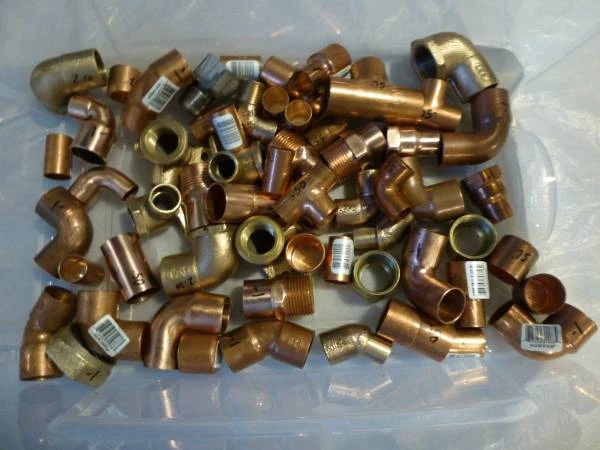Understanding Insert & Brass Fittings
Insert and brass fittings DIN 8077/8078 are essential components in plumbing systems. They provide secure connections between pipes, ensuring efficient water flow. These fittings come in various types, making them versatile for different applications.
Types of Insert Fittings
Insert fittings are designed for quick and easy connections. They work well with various pipe materials, including plastic and copper. The main types include:
Barbed Insert Fittings
Barbed insert fittings feature raised ridges that grip the pipe securely. They are commonly used for hoses and tubing. These fittings create a leak-resistant seal, ensuring reliable performance.
Compression Insert Fittings
Compression insert fittings offer a simple installation process. They connect pipes without soldering, making them ideal for DIY projects. This type allows for easy disassembly when needed.
Benefits of Brass Fittings
Brass fitting are popular due to their durability and resistance to corrosion. Here are some key benefits:
Longevity
Brass is a robust material that withstands wear and tear. Unlike plastic, it does not become brittle over time. This durability results in fewer replacements and lower long-term costs.
High-Temperature Resistance brass fittings
Brass fitting can handle high temperatures without degrading. This characteristic makes them suitable for hot water applications, ensuring consistent performance.
Versatility
Brass fittings are compatible with various pipe types and sizes. Whether for residential or commercial use, they can accommodate diverse plumbing needs.

Installation Tips for Insert & Brass Fittings
Proper installation ensures optimal performance and longevity. Here are some essential tips:
Preparing the Pipes
Before installation, clean the pipe ends thoroughly. Remove any debris or oxidation to ensure a secure connection. This step helps prevent leaks.
Using Sealants brass fittings
For threaded connections, consider using Teflon tape or pipe joint compound. These sealants enhance leak resistance and provide a secure fit. Ensure that you apply the tape evenly for the best results.
Testing Connections
After installation, always test for leaks. Gradually turn on the water supply and inspect the connections. If leaks are detected, tighten fittings or reapply sealant as necessary.
Conclusion
Insert and brass fittings are crucial for efficient plumbing systems. Their durability, versatility, and ease of installation make them a top choice for many applications. By choosing the right fittings and following proper installation techniques, you can achieve reliable and long-lasting plumbing solutions. Upgrade your plumbing today with high-quality insert and brass fitting!